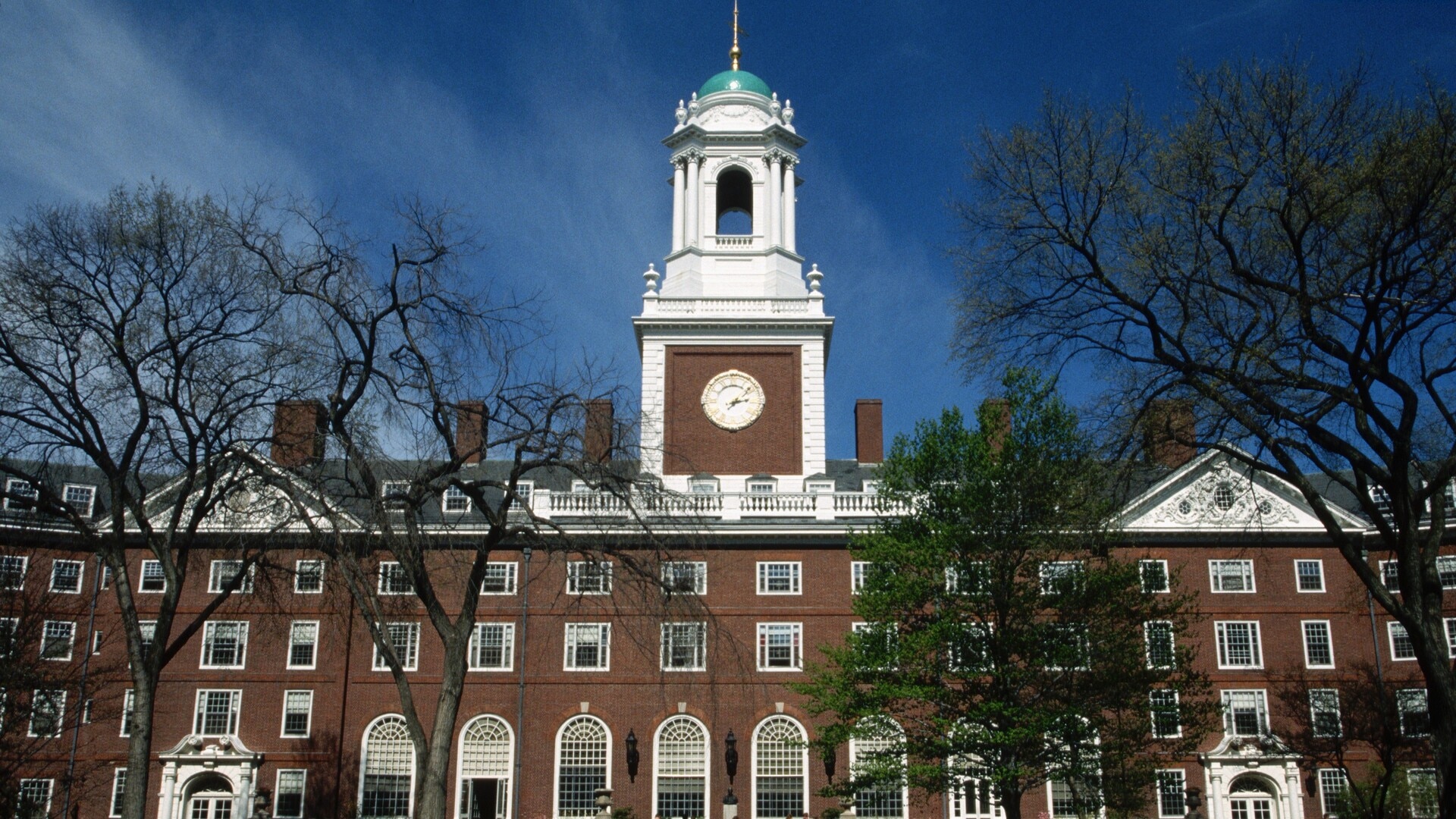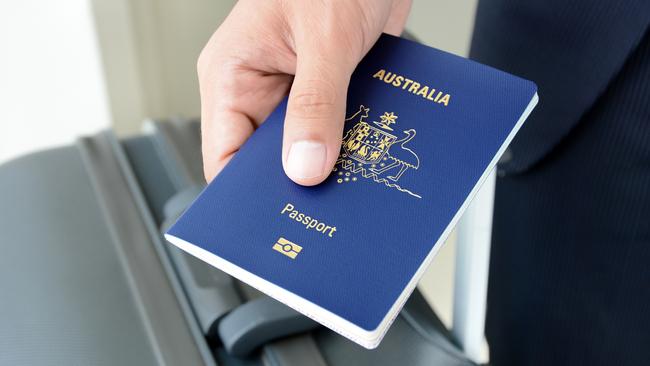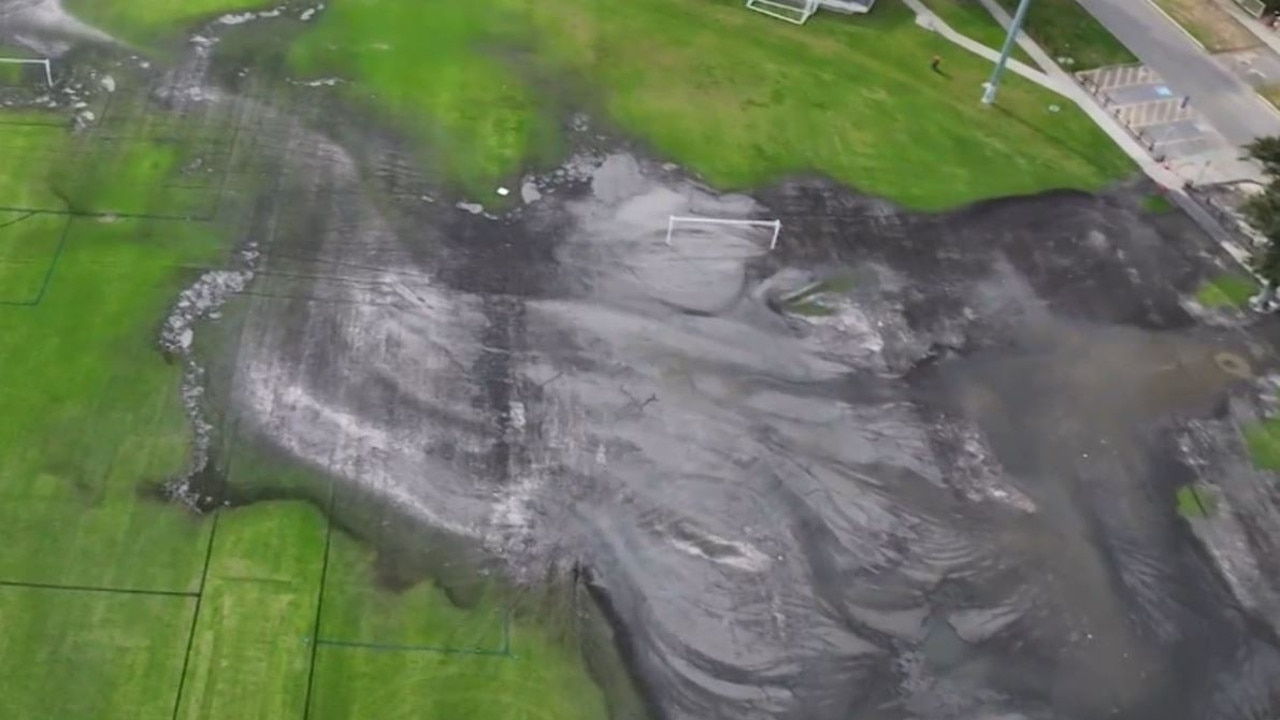Australian visa changes: Everything you need to know
From 1 July this year, significant immigration changes are set to take effect, including changes to skilled migration visas, student visas and partner visas. See the full details.

National
Don't miss out on the headlines from National. Followed categories will be added to My News.
Several significant visa changes are set to take place from 1 July, including changes to skilled migration visas, student visas and partner visas.
These changes will impact skilled workers and international students in terms of work hours, rules and regulations, costs and how to achieve residency.
These are the key immigration changes taking effect next month.
What are the new visa changes for Australia in 2025?
From 1 July 2025, skilled visa income thresholds will be increased by 4.6 per cent, which is in line with changes to the annual Average Weekly Ordinary Time Earnings (AWOTE).
According to the Department of Home Affairs, income thresholds are indexed annually so wages for skilled migrants increase at the same rate as Australian workers. This ensures that people cannot use skilled migration to undercut Australian workers.

These are the changes coming into effect from July 1:
The Core Skills Income Threshold will increase from $73,150 to $76,515.
The Specialist Skills Income Threshold will increase from $135,000 to $141,210.
The Temporary Skilled Migration Income Threshold used for the Skilled Employer Sponsored Regional visa (subclass 494) and the Regional Sponsored Migration Scheme (subclass 187) will increase from $73,150 to $76,515.
These changes will not apply to existing visa holders and nominations lodged before 1 July 2025.
What are the new rules for Australian student visas?
From 1 July 2025, the financial capacity requirement for international student visa applicants will increase from $24,505 to $29,710, which ensures students can support themselves during their studies.
Bachelor’s degree students will be able to work up to 24 hours per week during term time, an increase from the previous 20-hour limit, according to Jameson Law firm. This change allows students to gain more work experience and better support themselves financially.
Postgraduate students will have unrestricted work rights, enabling them to fully engage with their chosen industries alongside their studies. This policy shift aims to attract high-calibre international students and retain skilled graduates in the Australian workforce.

What will the visa costs be in 2025?
From July 1 2025, international student visa application fees will rise from $1,600 to $2,000. This change will not affect arrangements for Pacific Island and East Timor applicants.
According to Rocket & Ash Immigration Law, citizenship application fees will also increase from $560 to $575 for general eligibility, and $360 to $370 for citizenship by descent.
Partner visas and family reunion visas may also increase due to The Department of Home Affairs overhauling the visa application process for both, in an effort to streamline processes and cut down waiting times.
The current visa application charges for partner visas are $9095, which was increased from $8850 in Juy 2024.
There are different of types of family visas, such as the sponsored parent (temporary) visa, which currently costs $5,735 for a 3-year visa and $11,470 for a 5-year visa.
The aged parent visa costs $7,055 for the main applicant, $4,650 for additional applicants 18 and over and $3,315 for children under 18.
What is the immigration policy for 2025?
Last year, the Australian Government announced that the planning levels for the 2024–25 permanent Migration Program will be set at 185,000 places.
From 2025-26, the Migration Program will move to a multi-year planning model, extending the Program planning horizon to four years from the current twelve month cycle.

According to The Department of Home Affairs, extending the outlook of Australia’s Migration Program will enable migration planning to better align with longer-term infrastructure, housing and services planning across all levels of government.
The multi-year approach will incorporate housing supply as one of the key factors to shape the broad direction of long-term migration planning.
Are there any changes for partner visas?
The Department of Home Affairs has overhauled the partner visa application process.
According to Jameson Law, the partner visa 820 processing time takes between nine to 18 months, but this can vary based on individual circumstances and the completeness of your application.
Applicants now submit one comprehensive application for both temporary and permanent residency assessment. This streamlined approach reduces time and financial burdens for couples.
The Department has also launched an online portal for document submission and status tracking.
The current visa application charges for partner visas are $9095, which was increased from $8850 in Juy 2024.
The partner visa cost could potentially increase in July.
More Coverage
Originally published as Australian visa changes: Everything you need to know




